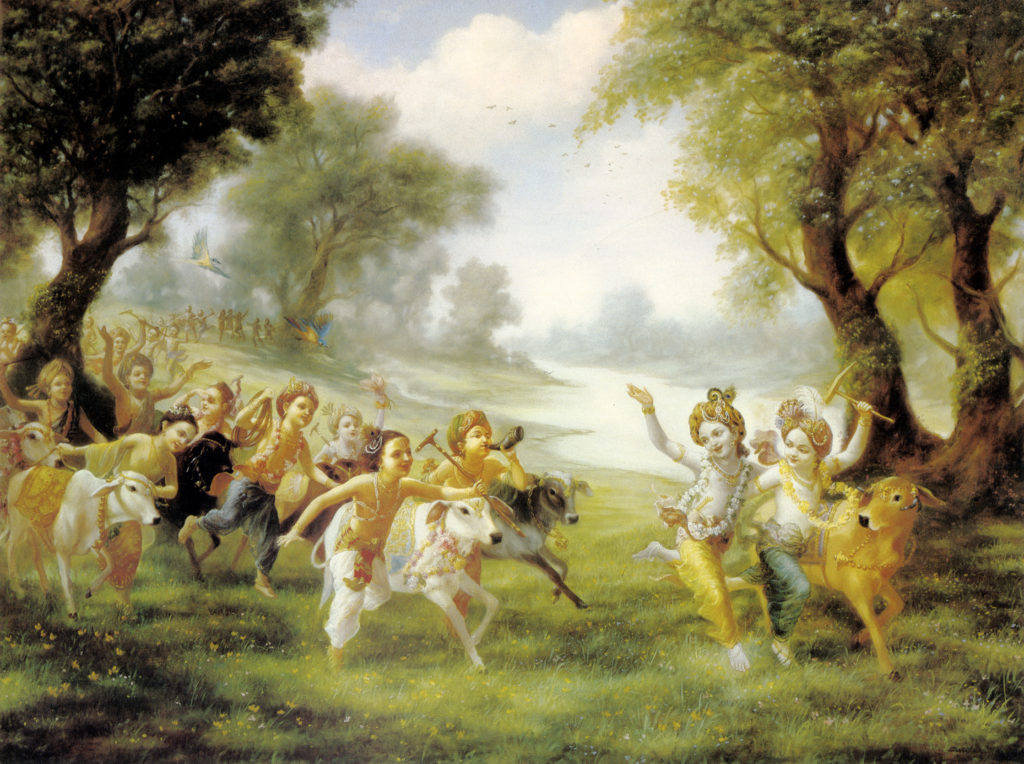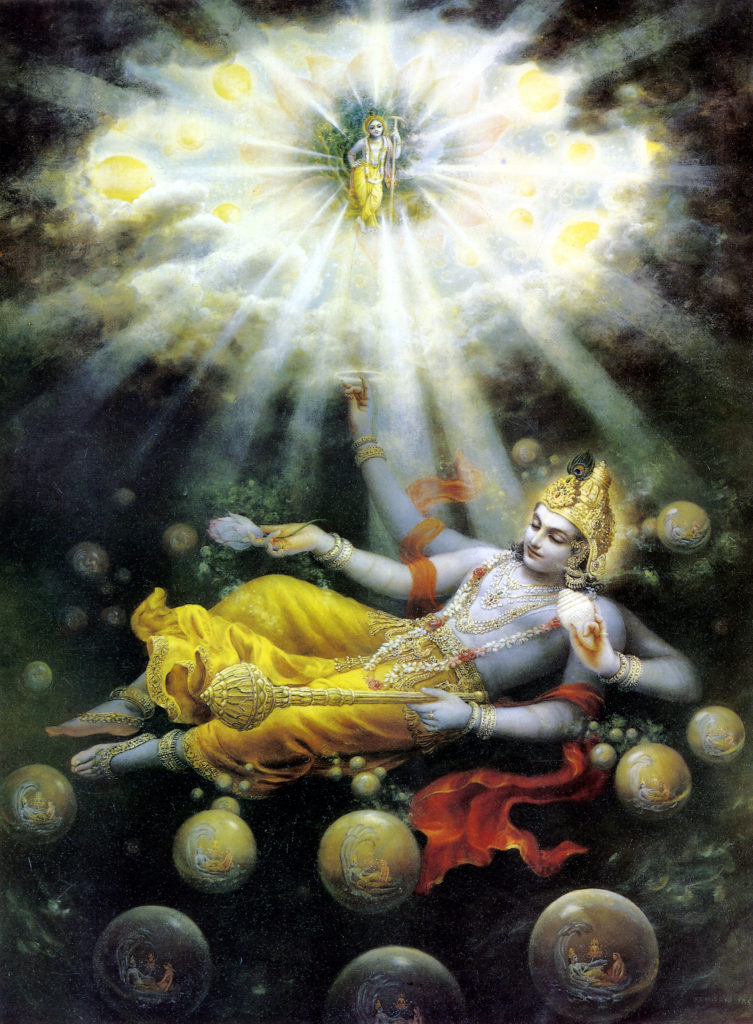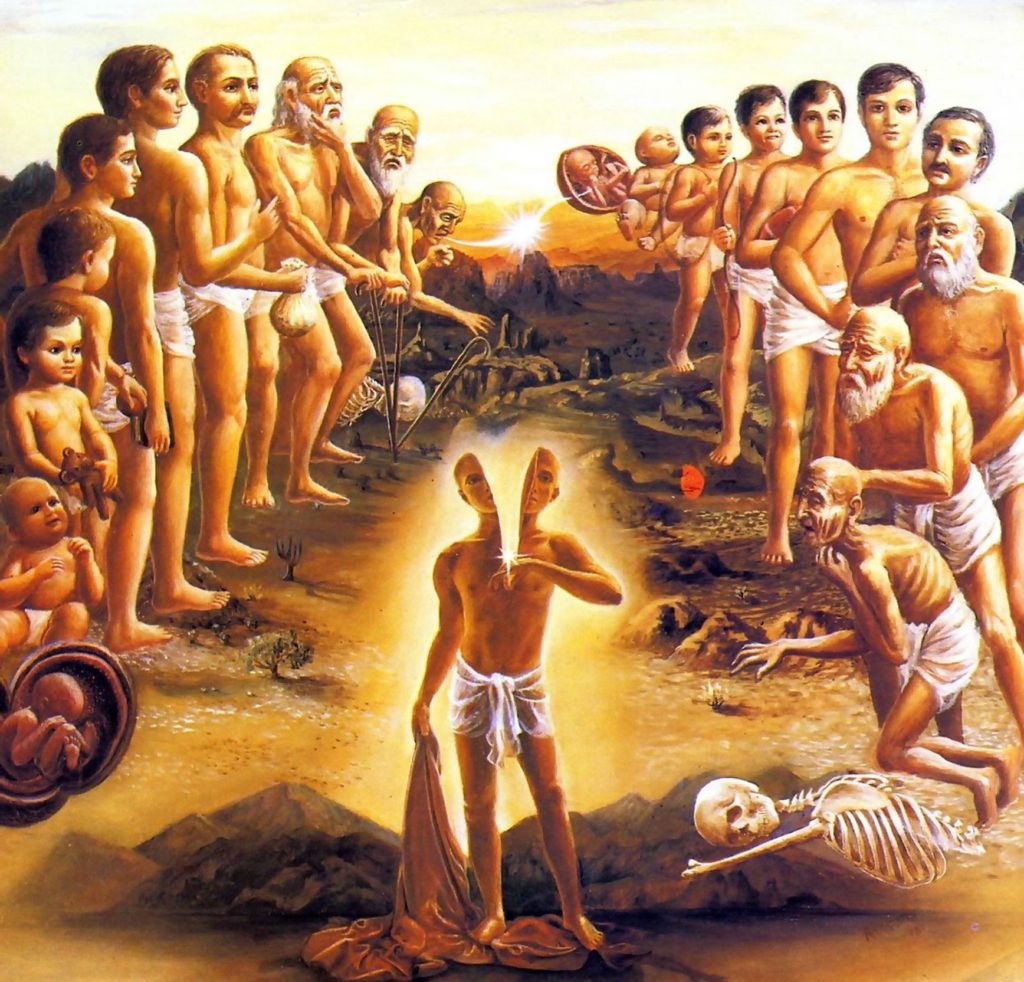The Matrix trilogy captured the imagination of many, leading to many spin-off stories, as well as conspiracy theories. Many started to truly believe that we are really living inside a computer-simulated reality, just like depicted in the movie.
In 2003, University of Oxford philosopher Nick Bostrum propounded the idea that we could actually be part of a computer simulation ran by an advanced civilization with the purpose of better understanding their ancestors. His theory included elaborated statistics to “prove” that there actually a high percentage of chance of being so. Similarly, in 2016, a group of researchers in the annual Isaac Asimov Memorial discussed the possibility of our reality being actually a computer simulation. Interestingly enough, after much discussion they come to the conclusion that there actually is a 50-50 chance of being so. From examples like this, we can see how this topic captured the minds of many even in the high ranks of science. There is also a lot of pseudo-science and conspiracy theories around this topic, that became popular in the less educated circles.
Could it be that we are actually just part of a simulation running on someone else’s computer? Is our reality an illusion, with our true selves sleeping somewhere else? Could it be that the movie from 1999 is right after all?
In our previous video about intelligent machines, we discussed the origins of consciousness and the impossibility of consciousness coming from computers. Since we are conscious, we can be reassured that we are not softwares running inside a mainframe. However, the Vedas offer another point of view that is even more surprising and unsettling.
The Vedas explain that in our true selves we are particles of pure consciousness who live in an anti material world far beyond the boundaries of this universe. This anti material world is described as “Brahman”, an imperishable mass of energy that emanates from innumerable spiritual planets, where pure souls live.
Although formed purely by consciousness, this anti material world is not devoid of forms. On the opposite: souls assume forms according to their desire to execute different types of activities, according to their relationship with the divine. Since all desirable objects can be created out of one’s own consciousness, there is no scarcity. Similarly, there is no death and no lack of knowledge. In fact, the Vedas describe that souls there live an existence of eternity, knowledge, and bliss, in harmony with the divine.

However, just like light and shadow, there is also a different nature. Different from the spiritual nature, which is luminous and conscious, this second nature is dark and inert. Some souls in the luminous side look into this inert mass and desire to take possession of it, to use it as a place for their activities, just like a child may desire to play with a set of lego blocks.
Through a series of transformations, this mass of inert matter is then transformed into different material elements, starting from ahankara (false-ego) and progressing into the gross elements, which are then used by different souls to create the bodies which they can use to interact with this world. In fact, as previously discussed, apart from our gross body, composed of material elements, we possess also a subtle body, that includes our desires, memories, and intelligence.
The Vedas explain that enormous as it may be, our universe is just one amongst millions of other universes that are present in the aggregate of material elements, just like bubbles in the ocean. The material nature is much more vast and complex than we can imagine.

These innumerable universes, in turn, are inhabited by a virtually unlimited number of souls. There are unlimited stars and planets, each one inhabited by a set of different beings, including plants, animals, and also intelligent beings. There are many different civilizations, languages, cultures, and so on, but our real nature goes beyond that.
Nobody says “I body”, just like nobody says “I car”. Everyone says’ “I have a body”, just like one would say “I have a car”. Unconsciously, we understand that our real identity is separated from the body. Similarly, when someone dies, most say that “my father is gone”, or “my mother is gone”, although the body is right there laying in the coffin. Unconsciously we understand that we are not from this world, although we pass most of our lives completely involved in it.
When one is playing a computer game, it’s not so hard to become immersed in the illusion of reality created by the game and forget about the real world. The illusion becomes even more credible when our friends are also playing and we can talk and interact with them inside the game. One can spend a great deal of time going from one game to the other. Many become so absorbed that they forget to even eat and sleep.
In 2011 a Chinese man died after a 30-hour game session at an internet cafe on the outskirts of Beijing. He was able to play continuously for this whole period without eating or sleeping, leading his body to a state of extreme exhaustion that caused his death. Examples like this show how our consciousness can be projected into a simulation, to the point that we may forget our real selves.
Similarly, our current world is a kind of imitation of the luminous anti material world. We came here at some point in the distant past and have been assuming different forms according to our desires since time immemorial, constantly pursuing the satisfaction of different material desires and aspirations. We are absorbed in this material world for so long that our consciousness becomes firmly connected to it.
The Vedas describe that the material world is like a reflection of the spiritual realm. Things are similar, but as in any reflection, the very nature of the reflection is different from the original. Here we have forms, there are planets, air, and water. However, there are some limitations due to the inherent limitation of matter. For example, in the spiritual universe, there is no need to eat, since the forms are composed of pure consciousness, but here bodies are maintained through different chemical reactions and thus there is a need to obtain food regularly. Similarly, in the transcendental realm, everyone is eternal and the whole nature of the passage of time is different. Here, on the other hand, the chemical reactions that sustain the different bodies make these same bodies go through different stages that culminate in death.

Death, however, is not the end, but just a new beginning. When the time of death arrives, the desires and memories stored in the mind carry the consciousness to a new body, starting a new episode in the journey, where the soul creates a new body for itself and goes through a new set of experiences according to his previous karma and previous desires. As in each new life, the soul cultivates new desires, this circle continues practically unlimitedly. As a result, we live in a prison we ourselves created.
In the Vedas, one can find the knowledge that comes from the other side. This is the way the inhabitants of the luminous side use to transmit us the information that can help us to escape the prison and rediscover our original nature. Through the different processes of self-realization taught in the Vedas, especially through the process of Bhakti-Yoga, one can gradually awaken his original spiritual nature and gradually transfer his consciousness back to Brahman, the spiritual realm.

In the movie, people would wake-up from the Matrix in a reality that was actually worse than the one they were previously. Fortunately, in our case, the reality is much better than what we are experiencing now, although different from it in ways we can’t even imagine. However, our addiction to our ego and material plans keeps us in the dream-world. This is an instance where reality is more far-out than science fiction.
